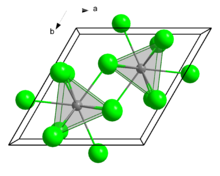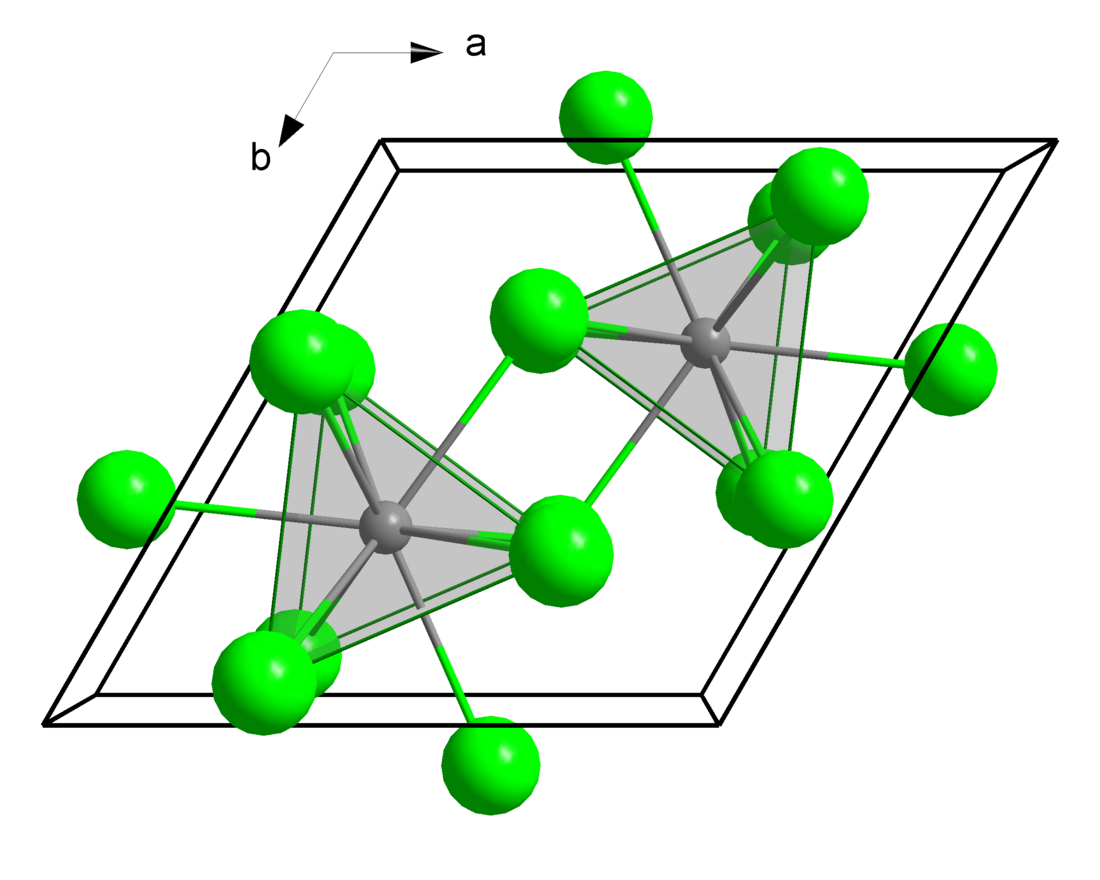Neodymium(III) fluoride is an inorganic chemical compound of neodymium and fluorine with the formula NdF3. It is a purplish pink colored solid with a high melting point.
 | |
| Names | |
|---|---|
| Other names
Neodymium trifluoride | |
| Identifiers | |
3D model (JSmol) |
|
| ChemSpider | |
| ECHA InfoCard | 100.033.852 |
| EC Number |
|
PubChem CID |
|
CompTox Dashboard (EPA) |
|
| |
| |
| Properties | |
| NdF3 | |
| Molar mass | 201.24 g/mol |
| Appearance | Vibrant pink/violet solid |
| Density | 6.5g/cm3 |
| Melting point | 1,374 °C (2,505 °F; 1,647 K) |
| Structure | |
| Tricapped trigonal prismatic (nine-coordinate) | |
| Hazards | |
| GHS labelling: | |
 | |
| Warning | |
| H302, H312, H315, H319, H332, H335 | |
| P261, P264, P270, P271, P280, P301+P312, P302+P352, P304+P312, P304+P340, P305+P351+P338, P312, P321, P322, P330, P332+P313, P337+P313, P362, P363, P403+P233, P405, P501 | |
Except where otherwise noted, data are given for materials in their standard state (at 25 °C [77 °F], 100 kPa).
| |
Preparation
Like other lanthanide fluorides it is highly insoluble in water which allows it to be synthesised from aqueous neodymium nitrate via a reaction with hydrofluoric acid, from which it precipitates as a hydrate:[1]
- Nd(NO3)3(aq) + 3 HF → NdF3•½H2O + 3 HNO3
It can also be obtained by the reaction of neodymium(III) oxide and hydrofluoric acid:[2]
- Nd2O3 + 6HF → 2NdF3 + 3H2O
Anhydrous material may be obtained by the simple drying of the hydrate, in contrast to the hydrates of other neodymium halides, which form mixed oxyhalides if heated.[1]
Uses
Neodymium(III) fluoride is often used in the manufacture of fluoride glasses.[3]
When neodymium is extracted from ores, the fluoride is often an intermediate product and is then reduced to the solid metal chemically (e.g. by adding calcium, which produces calcium fluoride) or by fused-salt electrolysis.
Other compounds
Neodymium(III) fluoride forms compounds with N2H4, such as NdF3•3N2H4•3H2O which is a white hexagonal crystal, soluble in water, slightly soluble in methanol and ethanol, with d20°C = 2.3547 g/cm3.[4]
References
Wikiwand in your browser!
Seamless Wikipedia browsing. On steroids.
Every time you click a link to Wikipedia, Wiktionary or Wikiquote in your browser's search results, it will show the modern Wikiwand interface.
Wikiwand extension is a five stars, simple, with minimum permission required to keep your browsing private, safe and transparent.
